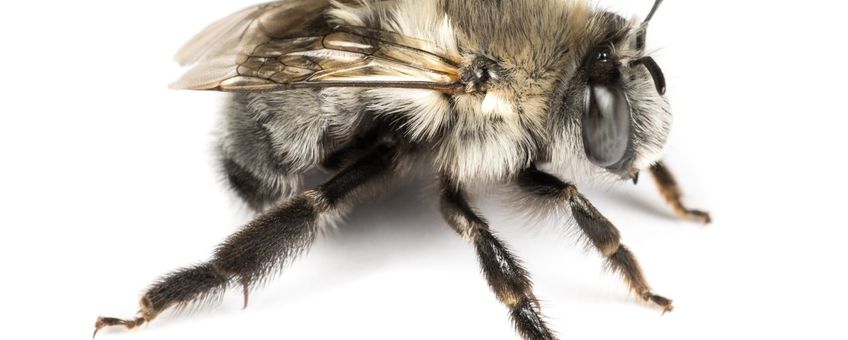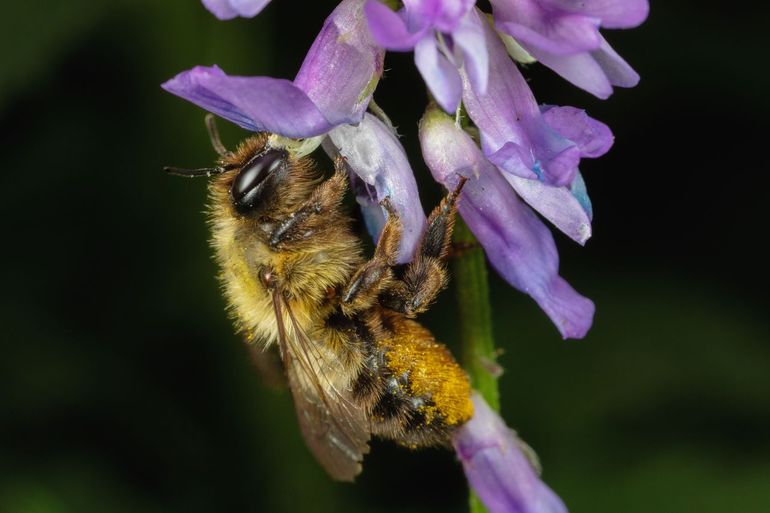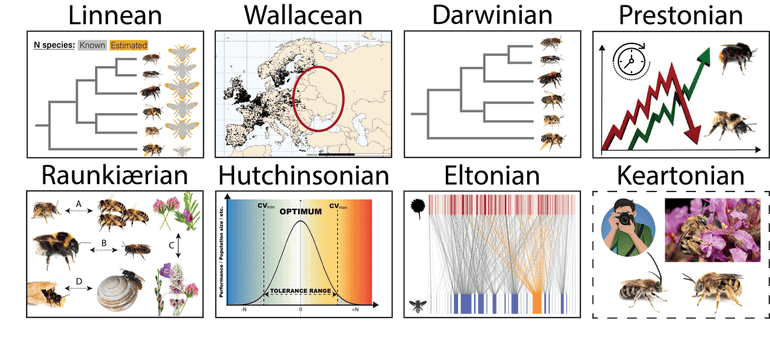
Mapping the unknown: what we don’t know about wild bees in Europe
Naturalis Biodiversity CenterUnderstanding the intricate world of European wild bees remains an ongoing endeavour, despite significant attention to their study. A recent investigation sought to analyze and map these gaps at the European scale, shedding light on areas where critical information is lacking and geographical regions where research efforts are sparse. The study was led by an international team, including researcher Leon Marshall of Naturalis Biodiversity Center. The team’s findings identified critical knowledge gaps (shortfalls), including a lack of information on geographic distributions, species identity, traits, population dynamics, evolutionary relationships, and species interactions. Additionally, an obstacle identified by the researchers is the scarcity of high-quality photographs capturing diagnostic features of various bee species.

Uneven gaps across Europe
Currently, the greatest shortfalls pertain to population trends and interactions. It is not possible to calculate reliable long-term trend information for 70 percent of European species and for 58 percent of species there is no publicly available data on which plants they use for collecting nectar and pollen. Geographical analyses revealed a concentration of gaps in Southern European countries such as Spain, Portugal, Italy, and Greece, where the bee faunas are relatively well-known but not as extensively studied compared to their Northern neighbors. There is still a lot to explore in countries in the east of Europe. A less well-studied fauna geographically makes it harder to calculate the extent of other knowledge gaps.

An online tool to visualize these gaps
This isn't just about satisfying curiosity, it's also about action. Identifying these gaps is only a single step in long-term goals to better understand and conserve bees in Europe. That’s why there is an online tool – beefall.org – to help raise awareness and provide an impetus to fill the gaps. The tool allows users within a few clicks to see which species are missing data where and compare this to other countries and regions. BeeFall prioritizes the goal to have comprehensive publicly available data of wild bee diversity, distribution and ecology. To fill these gaps the authors suggest prioritizing field surveys in overlooked areas, dusting off and digitizing old collections and encouraging researchers and institutions to mobilize private data. Ultimately, the study underscores the need for sustained efforts to create a comprehensive European wild bee database, serving as a valuable resource for citizens, scientific research and informed policymaking. The tool can also be adapted to other fauna and other regions. By identifying and addressing knowledge gaps, stakeholders can collectively contribute to the conservation and preservation of wild bee populations throughout Europe.
More information
- Check out the online tool at BeeFall.org.
Text: Leon Marshall, Naturalis Biodiversity Center
Images: Nicolas J. Vereecken (lead picture: Anthophora romandii); Leon Marshall
